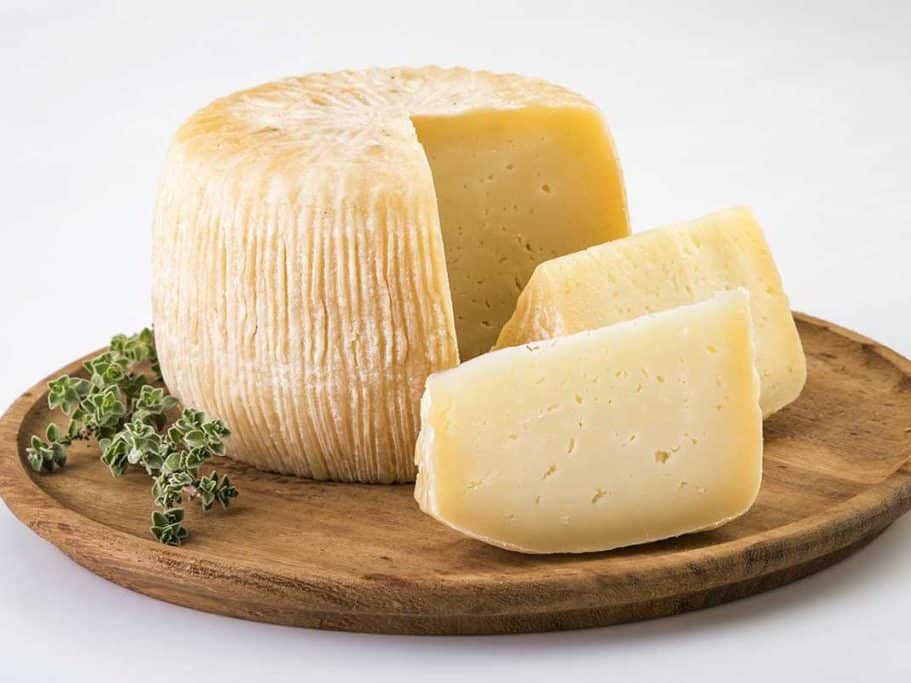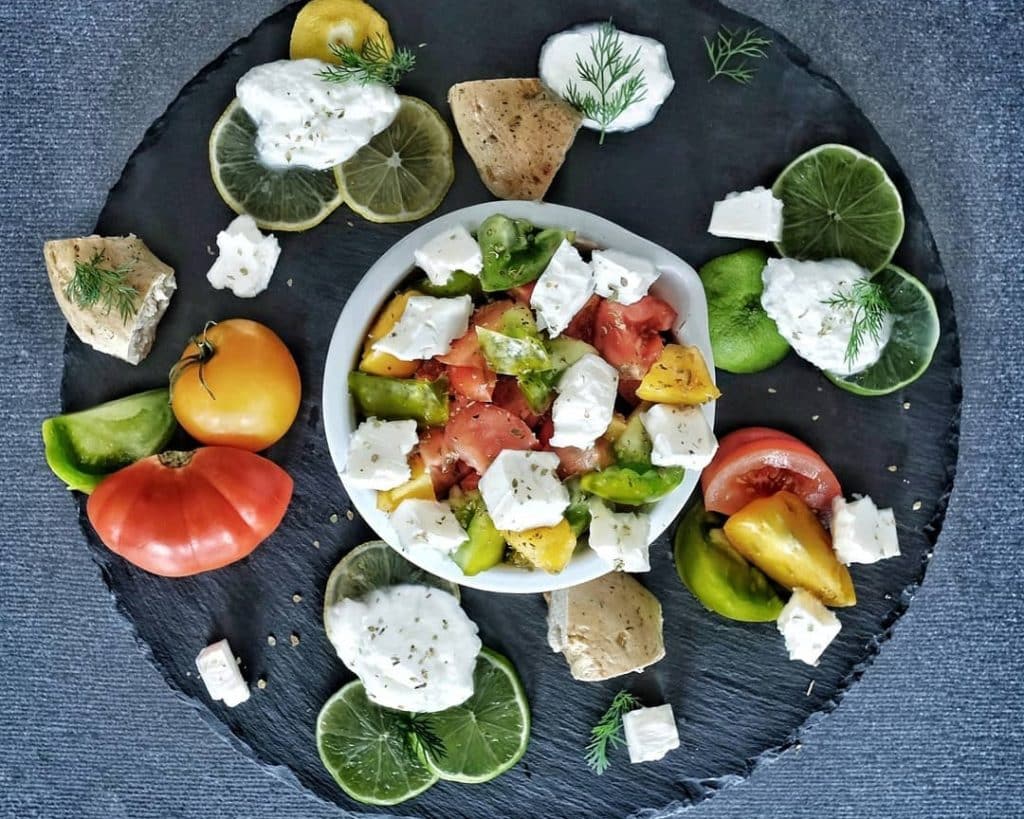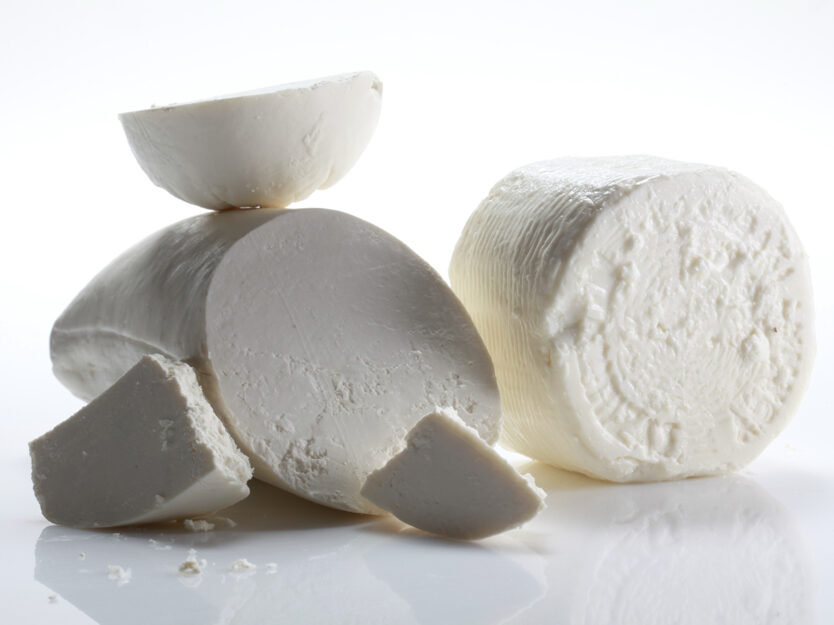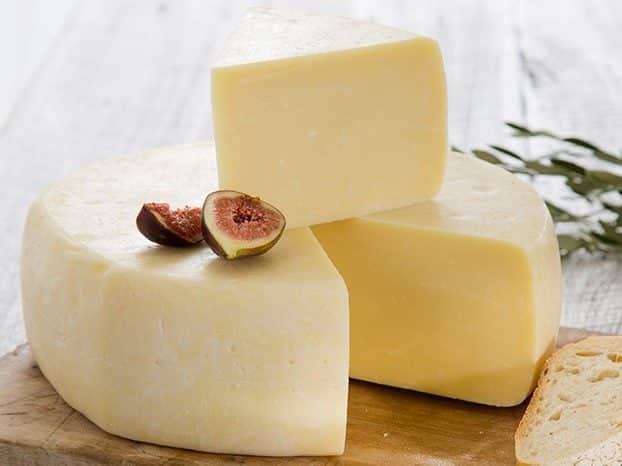The greatest British blue cheese
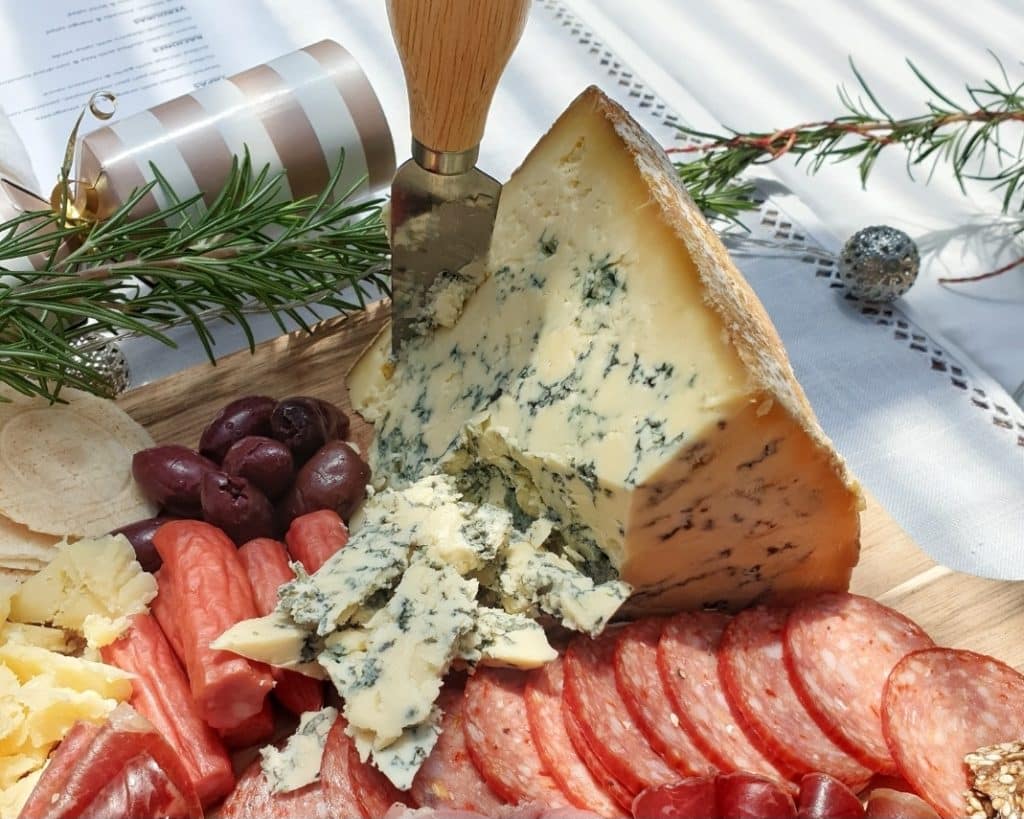
Colston Bassett Stilton is a traditional blue cheese that has been made in the midlands of England since 1913.
Colston Bassett Dairy have been making Stilton for more than 100 years. During this time, there have only been four cheesemakers, currently Billy Kevan. As as result, this Stilton has changed less over time than any other.
How Stilton is made
The PDO dictates that Stilton can only be made in Derbyshire, Nottinghamshire and Leicestershire from locally sourced pasteurised cow’s milk. These expansive plains among the moors in the heart of England offer lush forage for the cattle, which is clearly reflected in the final product.
Currently, there are only six dairies that are authorised to make Stilton. The cheesemakers mix the Penicillium roqueforti mould in the milk and place the resulting curd in cylindrical moulds.
Afterwards, the curd is then left to stand and is never pressed. As a result, this English blue always has a soft and slightly open texture.
Pierced with steel needles
At about 6 weeks, they pierce the formed cheese using long narrow stainless-steel needles to let air in. Subsequently, oxygen activates the mould and develops blue veins in the cracks and fissures.
The cheese then matures for a further 3-6 months before being graded. Overall, a top-quality Stilton will have a straw yellow interior with jagged blue lines and a dry coarse rind.
Colston Bassett Stilton has a trademark buttery texture that will melt in your mouth. On the palate, it is full-bodied without being sharp and has a mellow fruity and savoury complexity.
How to eat Colston Bassett Stilton
Enjoy this classic blue with a glass of fortified wine such as Port, or a dark stout.
Craft the perfect Christmas cheese platter with Tunworth and a Clothbound Cheddar. Also, Stilton is a great addition crumbled on top of any salad, pasta or risotto dish.
Can’t get your hands on your favourite Stilton? Gorgonzola Piccante and Roquefort are two great substitutes for Stilton.
